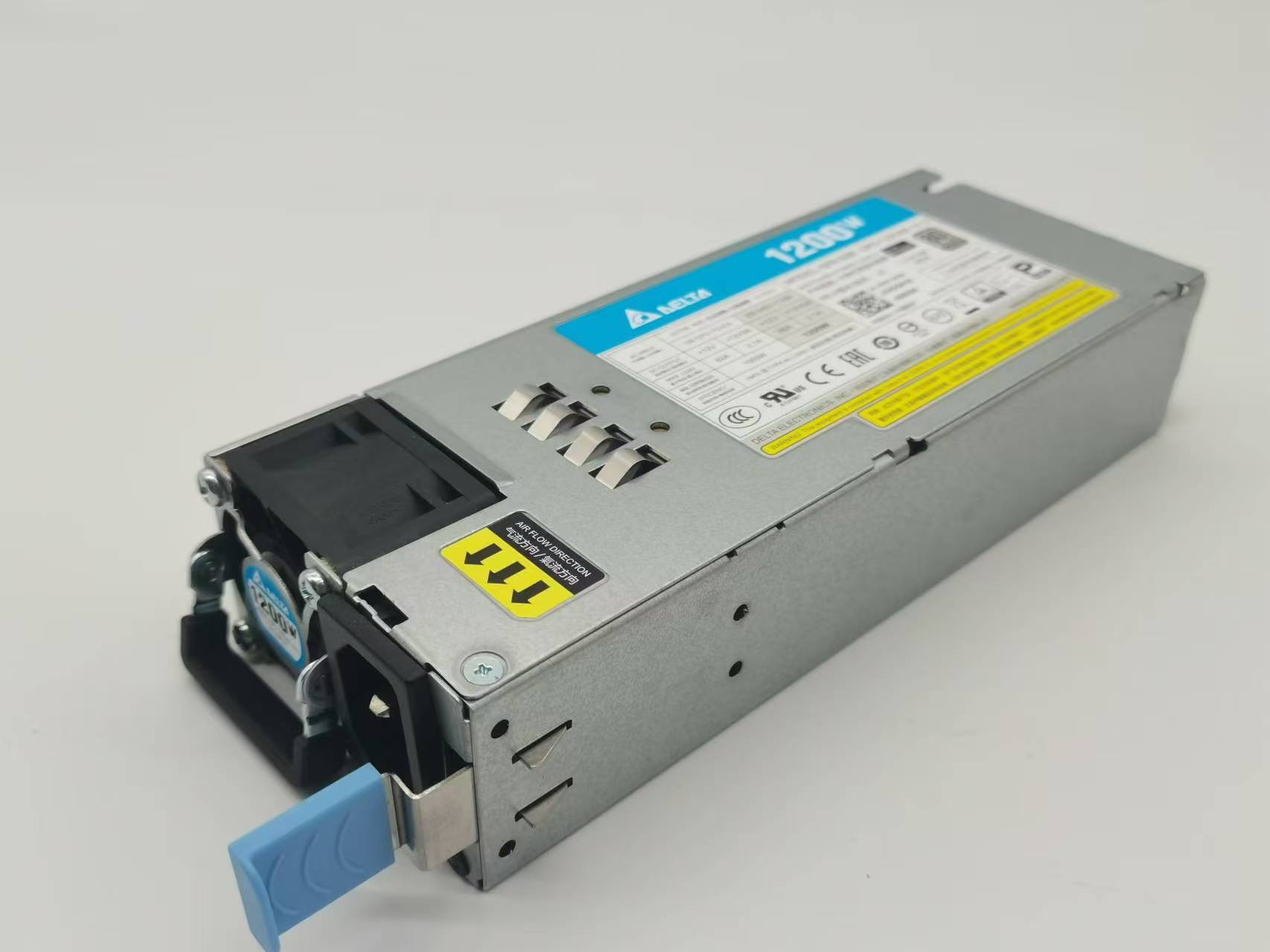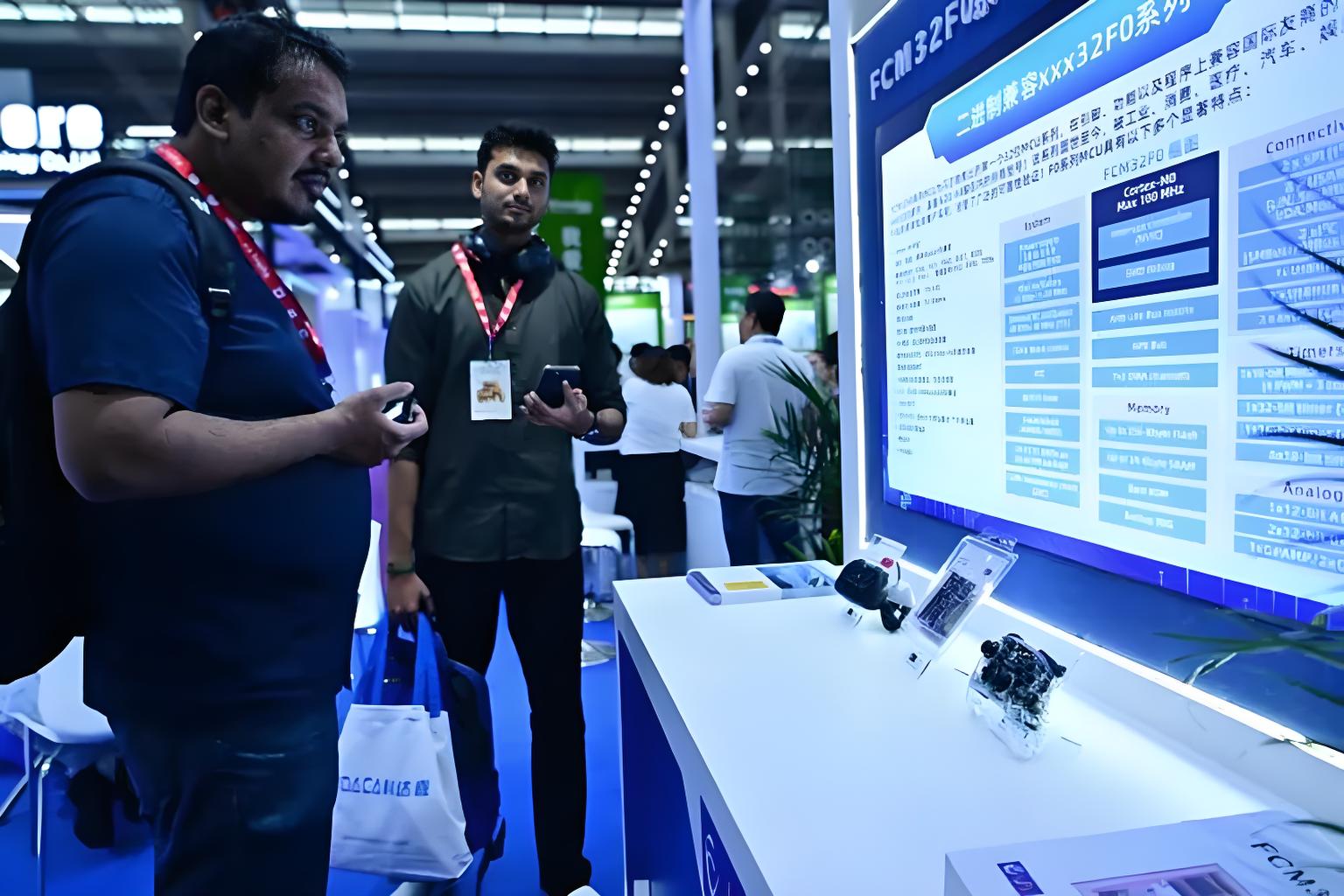How to locate an uninterruptible power supply
You want your equipment to stay safe and ensure your business keeps running during power outages. Understanding where your power supply supplies are located in your building allows you to respond quickly when the power goes out. Many modern buildings utilize advanced UPS systems that offer features like predictive maintenance and extended uninterruptible power supply hours. These systems help conserve energy efficiently. You may encounter a 12v power supply or a class 2 power supply in various locations, both of which often incorporate lithium-ion batteries and support renewable energy sources. For expert assistance, XinTongTai provides more information at https://www.sz-xtt.com/
Key Takeaways
· You can find UPS units in server rooms. They are also in network closets and plant or switchgear rooms. These protect important equipment when the power goes out.
· You can spot UPS devices by their box shape. Look for indicator lights and labels. They have cables that connect the wall outlet to your equipment.
· Check UPS displays often to see battery charge and load. Watch for alerts. Act fast if you see warnings or hear beeps.
· Use remote monitoring tools to check your UPS from anywhere. Set up alerts to help stop unexpected downtime.
· Contact expert support like XinTongTai for help with setup. They can help with maintenance or upgrades. This keeps your power supply reliable and your business running well.
Power Supply Locations

Server Rooms
You will often find a UPS in the server room. This space usually holds your most important IT equipment, like servers and storage devices. Many businesses place a rack-mounted UPS at the bottom of an IT rack. This setup keeps your power supply close to the devices it protects. You can spot these UPS units by looking for a box with indicator lights and cables running to the servers. If you want to check if your equipment is protected, trace the cables from the mains wall socket to the rack. The UPS should sit between the wall outlet and your servers. This way, you know your critical systems stay powered during an outage.
Tip: Server rooms often have more than one UPS. Make sure you check each rack and corner for extra units.
Network Closets
Network closets are smaller rooms or cabinets that hold switches, routers, and other networking gear. You might not expect to find a power supply here, but many businesses install a compact UPS to keep the network running. These UPS units are usually smaller than the ones in server rooms. Look for a box with a digital display or status lights, often mounted on a shelf or the floor. The UPS connects between the wall socket and your networking equipment. If you follow the power cords, you will see the UPS acting as a bridge. This setup helps your phones, Wi-Fi, and security systems stay online even if the main power goes out.
·Check behind or under shelves for hidden UPS units.
·Some network closets have wall-mounted UPS systems to save space.
Plant and Switchgear Rooms
Plant and switchgear rooms handle the building’s main electrical systems. These rooms often house large, whole-building UPS units. You will notice that these UPS systems look much bigger than the ones in server rooms or closets. They need more space, better ventilation, and special fire protection. Companies like ABB design UPS products for these rooms because they can handle high power needs and strict safety rules. Building codes require these rooms to have fire-rated walls and automatic fire suppression. Architects and engineers work together to make sure these rooms fit the UPS and meet all safety standards. When you look for a power supply in these areas, you will see heavy-duty equipment with thick cables and control panels.
Note: Whole-building UPS units in plant and switchgear rooms protect everything in your facility, not just one piece of equipment.
If you want to locate a UPS, always check the path between the mains wall socket and the equipment you want to protect. The UPS sits right in the middle, making sure your devices get clean, reliable power.
Identifying UPS Units

Physical Features
You can spot a UPS by looking at its size and shape. Most UPS units look like sturdy boxes. Some are small and fit on a shelf, while others are large and sit on the floor. If you walk into a server room, you might see a rack-mounted UPS at the bottom of an equipment rack. These units often have vents or fans to keep them cool. You may notice a row of buttons or a small screen on the front. The color is usually black or gray, but some brands use other colors. If you see a box with thick power cords and batteries inside, you probably found the UPS.
Tip: If you see a device that looks heavier and bulkier than a regular power strip, check it closely. It could be your UPS.
Labels and Indicators
Every UPS comes with labels and indicator lights. You can find the brand name and model number on the front or side. Some units have stickers that say "Uninterruptible Power Supply" or show the battery type. Look for a display screen or a set of LED lights. These lights tell you if the UPS is working, charging, or needs attention. A green light usually means everything is fine. A red or yellow light means you should check the unit. Some UPS units beep or make sounds when there is a problem.
o Check for warning labels or safety instructions.
o Read the display screen for battery status or error messages.
If you see a flashing light or hear a beep, the UPS might need service soon.
Connection Points
You can also identify a UPS by looking at where the cables connect. The UPS sits between the wall outlet and your equipment. You will see one thick cable going to the wall for power. Several other cables run from the UPS to your computers, servers, or network devices. Some UPS units have special outlets marked for battery backup. Others have ports for network cables or USB connections. If you follow the path from the power supply to your equipment, you will find the UPS in the middle.
o Look for outlets labeled "Battery Backup" or "Surge Only."
o Some UPS units have circuit breakers or reset buttons near the power cord.
Note: Always make sure the UPS is plugged in and all connections are secure. This keeps your equipment safe during a power outage.
Monitoring and Verifying UPS
Built-in Displays
You can find out a lot by looking at the UPS display. Most modern UPS units have a screen or lights on the front. These show you numbers and messages you need to know. The display tells you about battery charge, load, and temperature. This helps you see if your power supply is working right or needs help.
Here’s a simple look at what you might see on a UPS display:
Metric | Description |
Input line voltage | Shows the voltage coming into the UPS |
Input source current | Tells you how much current the UPS is using |
Output voltage | Shows the voltage going out to your equipment |
Battery charge | Displays how full the battery is (in percent) |
Load | Shows how much power your devices are using |
Battery status | Tells you if the battery is healthy or needs care |
Battery current | Shows if the battery is charging or discharging |
Estimated charge remaining | Tells you how much battery time you have left |
Time remaining | Shows how long the UPS can run during an outage |
Temperature | Displays the UPS temperature |
Tip: Look at the display often. If you see a warning or low battery, act fast.
Remote Monitoring Tools
You can use remote monitoring tools to watch your UPS. These tools let you check your UPS from a computer or phone. You do not have to be in the same room. Remote monitoring gives you real-time data like temperature, voltage, and error messages. You get alerts if something is wrong. This helps you fix problems before they get worse.
Many companies use remote monitoring to save money and time. For example, downtime can cost a lot of money every hour. If you spot problems early, you avoid big repairs and keep your power supply working. Remote monitoring also helps you plan when to do maintenance. This makes your UPS last longer and work better.
Status Alerts
Status alerts warn you early if something is wrong. Your UPS can send alerts by sound, light, or email. These alerts tell you if the battery is low, the load is too high, or there is a problem with the power supply. You can set up notifications to get messages right away when something changes.
o Set up email or text alerts for battery or power events.
o Listen for beeps or look for flashing lights on the UPS.
o Check your remote monitoring dashboard for warning messages.
Note: Acting fast on alerts keeps your equipment safe and your business running.
Support and Resources
XinTongTai Assistance
If you need help with your UPS, you want answers fast. XinTongTai gives expert support to fix problems quickly. Their team helps you keep your systems working. You can ask for tips, setup help, or advice on picking the right UPS. Many companies do better when they work with expert support teams. For example, some healthcare groups work with logistics experts. This helps them get deliveries faster and track items better. These teams make things run smoother, with fewer delays and happier customers. XinTongTai’s support team gives you the same care and skill.
Tip: If you feel stuck or unsure about your UPS, do not wait. Contact XinTongTai’s support team for quick help and peace of mind.
Product Information
It is easy to find UPS product details on the XinTongTai website: https://www.sz-xtt.com/产品介绍. The site has the latest information, clear guides, and helpful resources. Many people trust the site because it is reliable and simple to use. Customers often say good things about their experience with UPS products and services. They talk about fast delivery, safe handling, and strong customer support. Business owners and supply chain managers use these resources to make smart choices and keep their equipment safe.
o Customers like the official site for:
o Correct product details
o Helpful guides and manuals
o Fast customer service
o Good performance and protection
If you want to compare models, check battery specs, or learn about new features, you will find it all on the XinTongTai website. You can also read reviews from other users who share their real experiences. This helps you feel sure about your choices and keeps your business safe.
Note: Save the XinTongTai product page so you always have trusted information close by.
You have learned how to find and check your UPS units. Begin by doing daily checks and regular inspections. This helps keep everything working well. Use remote monitoring tools and set up alerts. These tools let you know if there is a problem. Many businesses save money and stop downtime by doing these steps. They also use advanced monitoring features to help even more. If you need more help or want to upgrade, XinTongTai gives expert support. They also offer the newest solutions for your needs.
FAQ
How do I know if my UPS is working?
Check the display or indicator lights. A green light usually means your UPS works fine. If you see a red or yellow light, check the screen for warnings. You can also listen for beeps or alerts.
Where should I install my UPS?
Place your UPS close to the equipment you want to protect. Server rooms, network closets, and plant rooms are common spots. Make sure the area has good airflow and is easy to reach for checks.
What should I do if my UPS beeps?
A beep means your UPS needs attention. Look at the display or lights for a message. You might need to check the battery or fix a connection. If you feel unsure, contact XinTongTai support for help.
Can I monitor my UPS from my phone?
Yes! Many UPS units support remote monitoring. You can use an app or web dashboard to check status, battery health, and alerts. This makes it easy to stay updated, even when you are not on site.
How often should I check my UPS?
Check your UPS at least once a week. Look at the display, listen for alerts, and make sure all cables stay secure. Regular checks help you catch problems early and keep your equipment safe.
